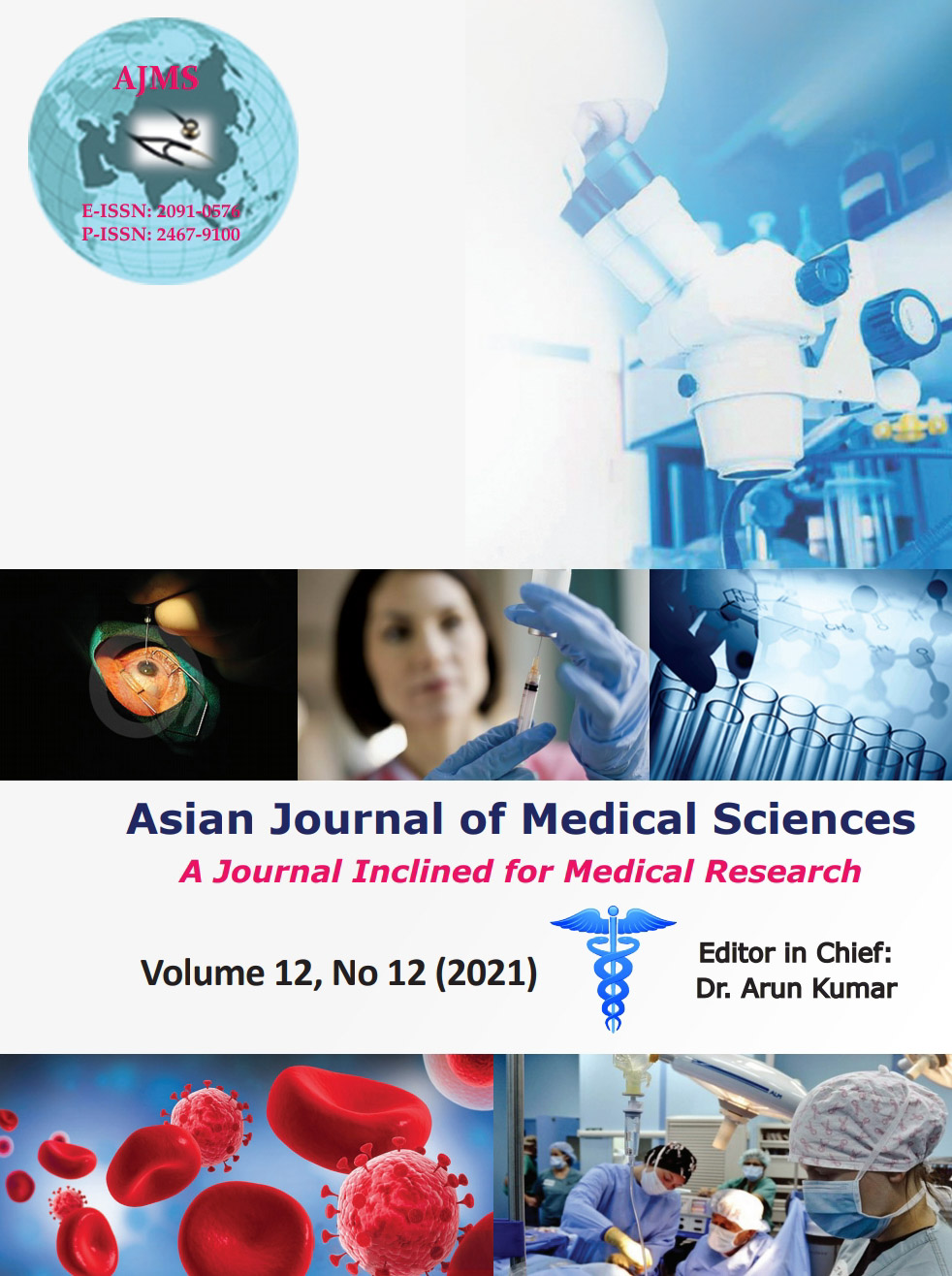Role of JIGSAW method of teaching in improving clinical diagnosis among final year medical students – A prospective observational study
Keywords:
Diagnosis, Internal medicine, Medical students, Programmed learning, TeachingAbstract
Background: The Jigsaw method is a form of cooperative learning, in which students are actively involved in the teaching-learning process that improves the long-term retention of acquired knowledge.
Aims and Objectives: The objective of this study was to assess the knowledge acquired by students using the Jigsaw learning method in Internal Medicine.
Materials and Methods: A prospective observational study was conducted with 100 students. The acute coronary syndrome was taken for 1 h as a didactic lecture, and a pre-test was conducted. The students were divided into five groups and were put for the intervention “Jigsaw.” The pre- and post-test were conducted, and feedback was collected from the students. Paired t-test was used to perform analysis of pre- and post-test. Feedback evaluation was done by a 5-point Liker scale. P<0.05 was considered statistically significant, and the data were analyzed using CoGuide software.
Results: The mean pre-test score was 8.44 ± 2.33 ranged (3–14) and the mean post-test score was 11.03 ± 2.07 (ranged 6–15). The difference of 2.39 (95% CI: 2.19–2.59) increase in marks post-test after the Jigsaw method was statistically significant (P<0.001). The satisfaction level was 50–55% on the Likert scale based on the questionnaire given. There was a significant improvement in the post-test scores of the students after Jigsaw.
Conclusion: The Jigsaw method improved knowledge in the short-term by engaging students in group work and motivation to learn. Overall response based on the questionnaire about the Jigsaw method was positive.
Downloads
Downloads
Published
How to Cite
Issue
Section
License
Copyright (c) 2021 Asian Journal of Medical Sciences

This work is licensed under a Creative Commons Attribution-NonCommercial 4.0 International License.
Authors who publish with this journal agree to the following terms:
- The journal holds copyright and publishes the work under a Creative Commons CC-BY-NC license that permits use, distribution and reprduction in any medium, provided the original work is properly cited and is not used for commercial purposes. The journal should be recognised as the original publisher of this work.
- Authors are able to enter into separate, additional contractual arrangements for the non-exclusive distribution of the journal's published version of the work (e.g., post it to an institutional repository or publish it in a book), with an acknowledgement of its initial publication in this journal.
- Authors are permitted and encouraged to post their work online (e.g., in institutional repositories or on their website) prior to and during the submission process, as it can lead to productive exchanges, as well as earlier and greater citation of published work (See The Effect of Open Access).




